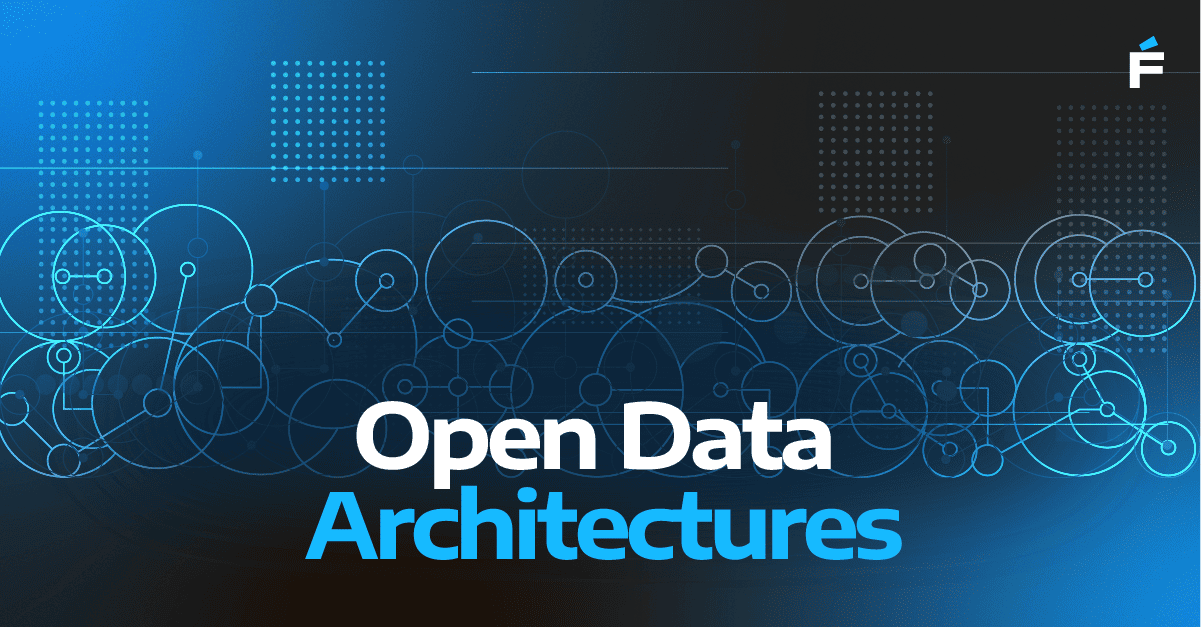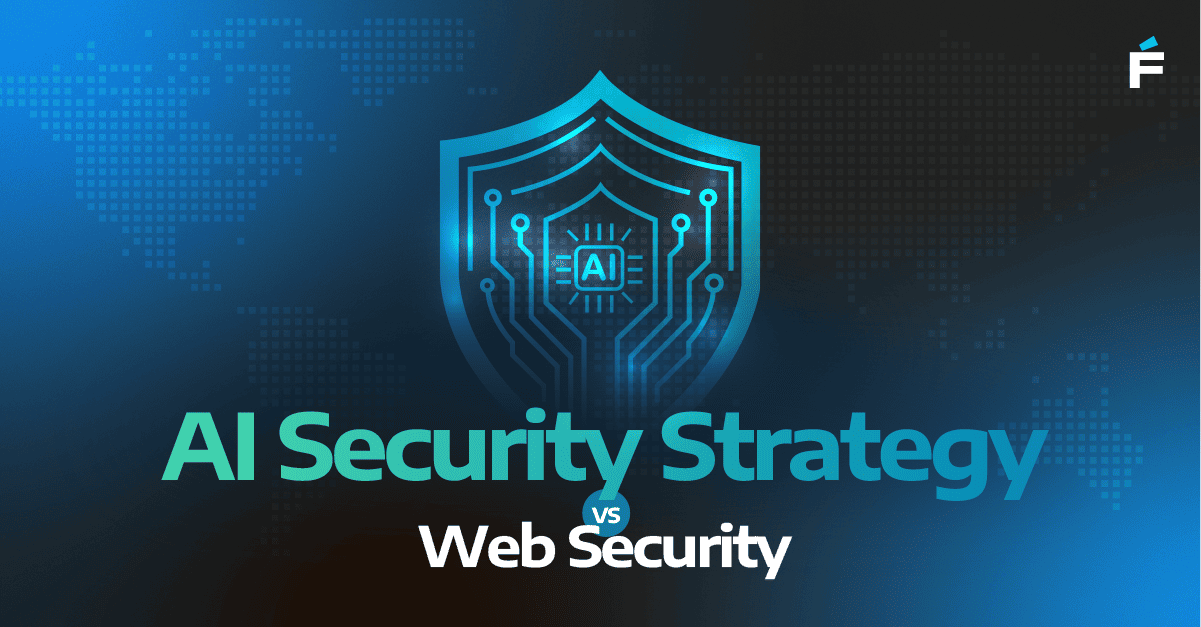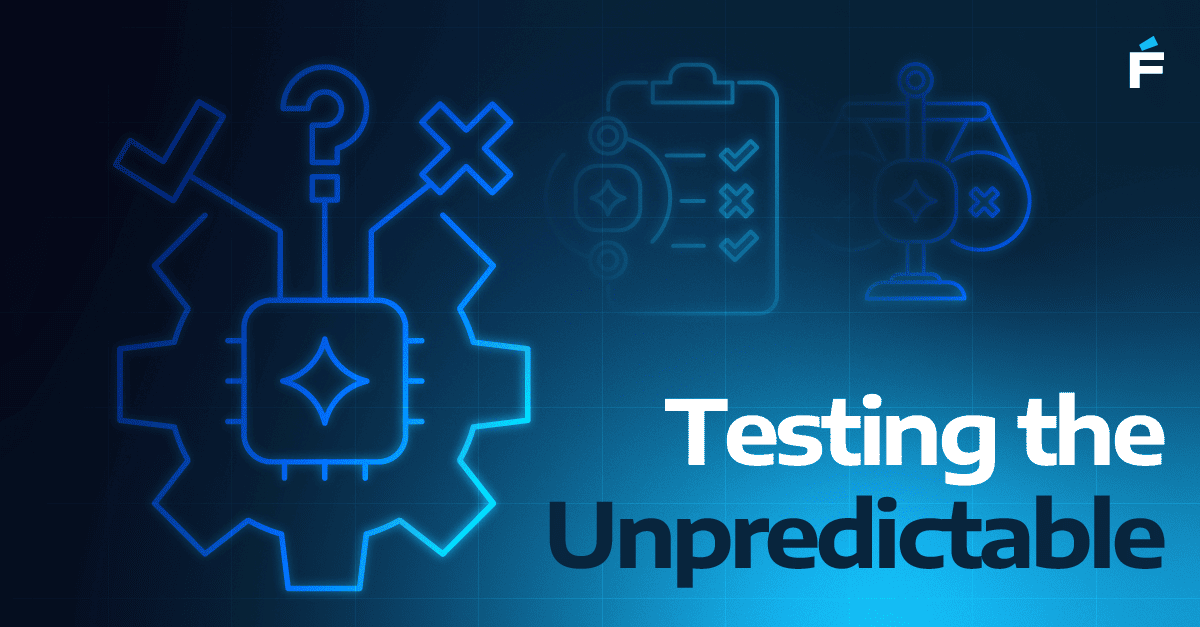Cloud modernization enables scalability, cost efficiency, and innovation. For organizations embarking on this journey, understanding the key considerations is essential. Here’s a guide to the most critical aspects of cloud modernization.
Assess Existing Applications and Infrastructure
Begin by conducting a detailed evaluation of your IT environment. This involves identifying legacy components, understanding dependencies, and pinpointing areas for improvement. Think of a manufacturing company, for example, who might discover that its ERP system relies on outdated hardware that limits scalability, prompting a modernization strategy.
Tip: Use tools like AWS Migration Evaluator or Azure Migrate to automate discovery and analysis.
Define Clear Objectives
Modernization should serve a clear purpose, such as enhancing performance, reducing costs, or increasing scalability. Align these goals with broader business objectives. A practical example could be a healthcare provider aiming to modernize its patient management system to improve response times during peak hours.
Tip: Create a roadmap that ties each technical goal to a business outcome, like reducing downtime or enabling faster feature delivery.
Select the Right Modernization Strategy
Choose an approach tailored to the specific needs and complexity of each application. Options include:
- Rehosting: Migrating applications with minimal changes (lift and shift).
- Refactoring: Updating application code to optimize cloud performance.
- Rebuilding: Redesigning applications using cloud-native technologies.
Tip: Use the Gartner s“ 5 Rs” framework to evaluate which approach works best for each asset.
Adopt Cloud-Native Architectures and Design Patterns
Cloud-native technologies enable better scalability, resilience, and agility.
Incorporate:
- Microservices for modular, independent application components.
- Serverless computing for dynamic resource management.
Tip: Use a phased approach, starting with less critical applications to test and refine the architecture.
Establish CI/CD Processes
Continuous Integration and Continuous Delivery (CI/CD) pipelines ensure rapid, reliable deployments. Think of companies like Spotify that use CI/CD to deploy hundreds of updates daily, ensuring minimal downtime.
Tip: Incorporate automated testing into your pipeline to catch errors early and reduce release risks.
Encourage a Collaborative Culture
Modernization projects require cross-functional collaboration among development, operations, and business teams. Implementing DevOps practices helps teams like development and QA work seamlessly with operations to deploy features faster.
Tip: Advocate for a shared responsibility model, where all teams are accountable for project outcomes.
Incorporate Security Best Practices
Security should be integral to every stage of the modernization process. For instance, a financial institution could use AWS Key Management Service (KMS) for data encryption and Azure Sentinel for proactive threat detection.
Tip: Adopt a “shift-left” security approach by integrating security checks into your CI/CD pipelines.
Leverage APIs for Legacy System Modernization
APIs enable legacy systems to integrate with modern applications and services. Retail companies, for example, could use APIs to connect its legacy inventory system with a new online ordering platform.
Tip: Use API management tools like Apigee or AWS API Gateway to expose, monitor, and optimize API performance easily.
Plan for Data Migration
Moving data to the cloud involves more than just transferring files. Ensure data integrity and minimal downtime. You can use AWS Snowball for large-scale data migrations or Azure Data Factory for seamless data movement.
Tip: Perform a pilot migration to validate your approach and identify potential challenges.
Implement Data Governance
Once your data is in the cloud, establish governance policies to maintain control over its usage, security, and compliance. You can use Google Cloud's Dataplex Catalog to centralize metadata management and ensure consistent data policies across regions.
Tip: Regularly review data governance policies to stay compliant with evolving regulations like GDPR or CCPA.
Monitor and Optimize Application Performance
Real-time monitoring is critical to ensuring cloud applications run efficiently. Tools like Datadog, AWS CloudWatch, or New Relic provide actionable insights into application performance.
Tip: Set up alerts for key performance indicators (KPIs), such as latency, error rates, or resource usage.
Leverage Cloud Provider Services
Take advantage of the managed services offered by your cloud provider to enhance productivity and reduce complexity. You can use AWS Elastic Beanstalk for quick application deployment or Google AI tools for advanced analytics and machine learning.
Tip: Stay informed about new offerings from your cloud provider to take advantage of emerging technologies.
Ready to plan and execute your cloud modernization project?
Success lies in aligning technical improvements with business goals, enabling collaboration, and leveraging the latest tools and technologies. With the right strategy, cloud modernization can transform your IT landscape into a scalable, agile, and efficient powerhouse.





